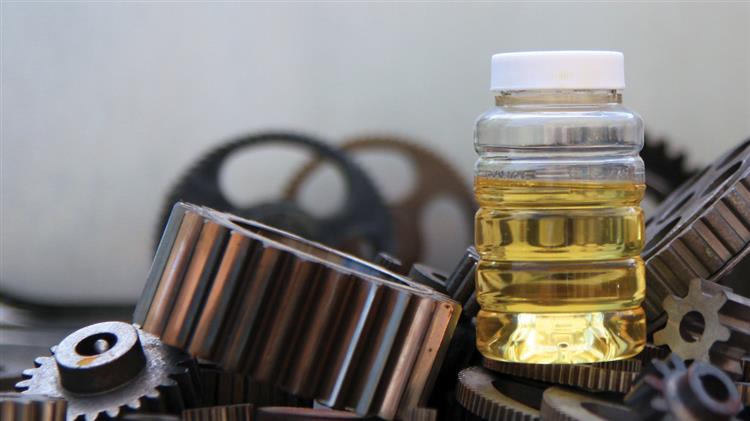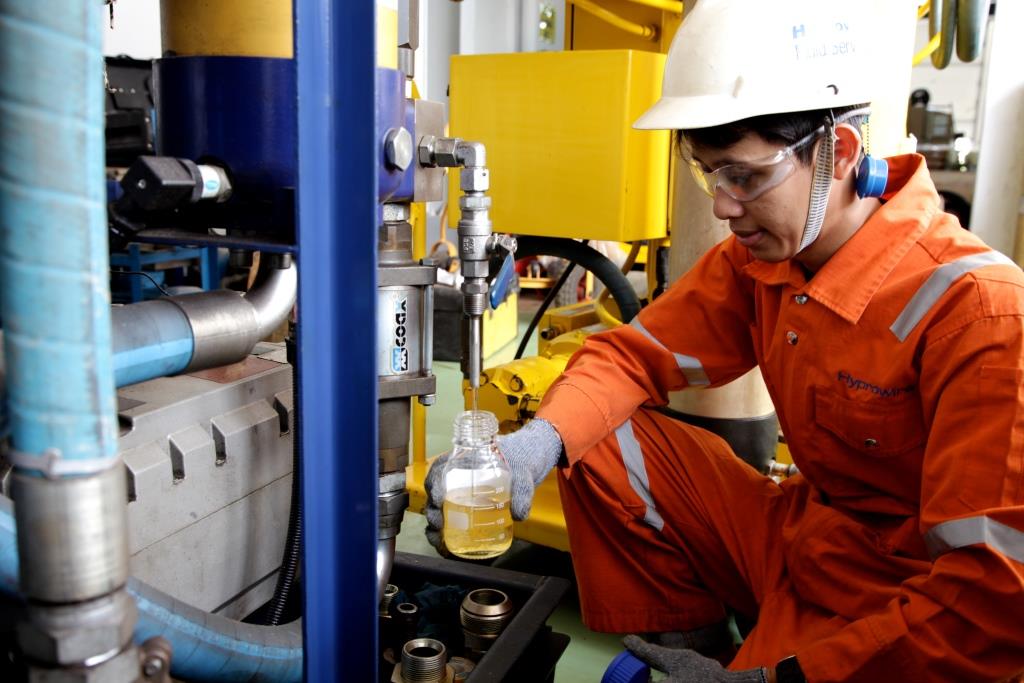
How the Appearance of your Oil can say a lot about the health of your machinery.
A lot of information can be derived just by observing the visual appearance of your lubricating oil. The appearance of an oil can be used as an indicator of the health of the oil. The appearance of an oil can range from colorless, transparent, pale yellow, bright yellow, amber, brown, dark brown, hazy, turbid, opaque, milky, black, etc. This data can assist us in identifying any problems that might affect the functionality and longevity of the lubricated machinery.
The appearance of lubricating oils can provide important clues about the oil’s condition and quality. One of the most important parameters that can be assessed by visual inspection is the oil’s cleanliness. Clean oil should be clear and transparent, while dirty or contaminated oil may appear cloudy, discolored, or contain visible particles or debris. This can be especially important in applications where the oil is exposed to harsh environmental conditions or where contaminants may be introduced into the system.
The presence of water is another critical component of oil’s appearance. The performance of oils can be significantly impacted by water pollution, which can also cause lubricated surfaces to wear down more quickly and experience oxidation and corrosion. Visual inspection is frequently a reliable method for identifying water contamination because it can make the oil appear milky or hazy. If the situation is more serious, the water and oil may separate and create droplets or a distinct layer.
In addition to cleanliness and water contamination, other factors that can be assessed through visual inspection include the oil’s colour, viscosity, and odour. For example, a change in colour or odour may indicate oxidation or degradation of the oil, while a change in viscosity may indicate contamination or a change in operating conditions.
There are a number of possibilities for the change in the appearance of the oil, some of which are highlighted as under :
- Oxidation of the oil
- Mixing one grade of oil with other
- Oil darkening due to petrochemical reaction
- Ageing of the oil
- Water ingress in the oil
- Soot formation, insolubles, dirt and solid contaminants
- Varnish – or varnish potential – is a thin insoluble contaminant formed due to depleted additives or by-products of oil degradation
In conclusion, lubricating oils’ appearance can reveal important details regarding their condition and quality. Visual examination is an effective method for determining factors including cleanliness, water contamination, colour, viscosity, and odour. It can also be helpful in spotting any problems that could affect the functionality and longevity of the lubricated machinery. Maintenance personnel can better assess the condition of their equipment and take preventative measures by including appearance-based testing by a reputable lab into their oil analysis programs to ensure smooth operation





